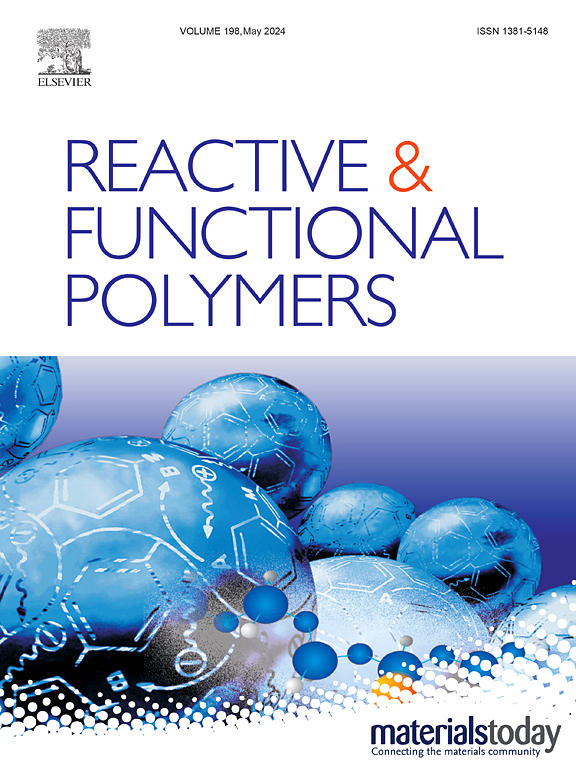Preparation and properties of intrinsically antimicrobial Nylon 6 containing Trifluoromethyl Thiazole ring via a capping strategy
IF 4.5
3区 工程技术
Q1 CHEMISTRY, APPLIED
引用次数: 0
Abstract
Antibacterial nylon 6 exhibits excellent antibacterial properties, as well as good mechanical performance, wear resistance, and dyeing characteristics, making it widely applicable in various fields such as automotive, medical, apparel, and personal care industries, including medical sutures, food packaging films, and automotive interior materials. However, most of the reported antibacterial nylon 6 is prepared by doping antibacterial agents. Developing a simple strategy to synthesize intrinsically antimicrobial nylon 6 with superior antibacterial performance is of great significance, but also presents challenges. In this study, we propose a strategy for preparing intrinsically antimicrobial nylon 6 through a capping strategy. 2-Methyl-4-(trifluoromethyl)thiazole-5-carboxylic acid (TA), an antibacterial compound, was used as a capping agent. Through hydrolytic polymerization with caprolactam, we synthesized intrinsically antimicrobial nylon 6 with trifluoromethyl thiazole group. The results show that the prepared antibacterial nylon 6 possesses good mechanical properties and thermal stability, with a tensile strength exceeding 60 MPa and a thermal decomposition temperature above 390 °C. Furthermore, the addition of only 3 wt% TA completely eradicates E. coli and S. aureus, demonstrating excellent antibacterial efficacy.

求助全文
约1分钟内获得全文
求助全文
来源期刊

Reactive & Functional Polymers
工程技术-高分子科学
CiteScore
8.90
自引率
5.90%
发文量
259
审稿时长
27 days
期刊介绍:
Reactive & Functional Polymers provides a forum to disseminate original ideas, concepts and developments in the science and technology of polymers with functional groups, which impart specific chemical reactivity or physical, chemical, structural, biological, and pharmacological functionality. The scope covers organic polymers, acting for instance as reagents, catalysts, templates, ion-exchangers, selective sorbents, chelating or antimicrobial agents, drug carriers, sensors, membranes, and hydrogels. This also includes reactive cross-linkable prepolymers and high-performance thermosetting polymers, natural or degradable polymers, conducting polymers, and porous polymers.
Original research articles must contain thorough molecular and material characterization data on synthesis of the above polymers in combination with their applications. Applications include but are not limited to catalysis, water or effluent treatment, separations and recovery, electronics and information storage, energy conversion, encapsulation, or adhesion.
 求助内容:
求助内容: 应助结果提醒方式:
应助结果提醒方式:


